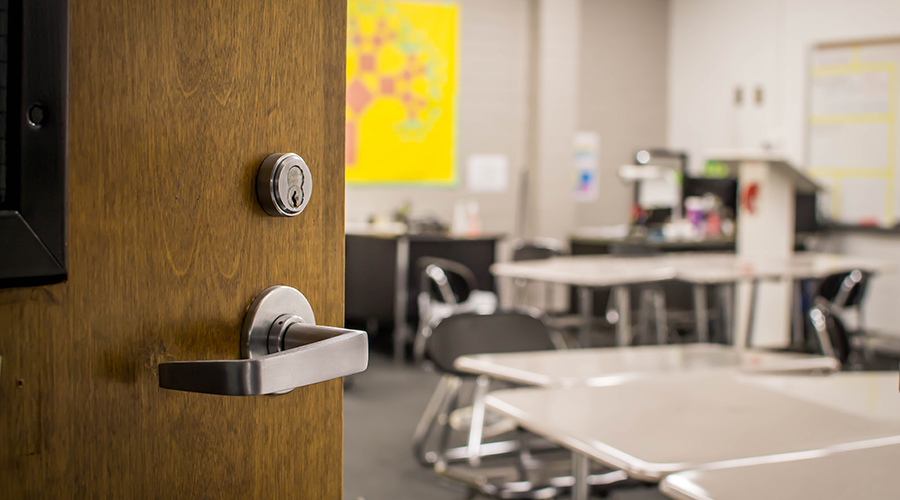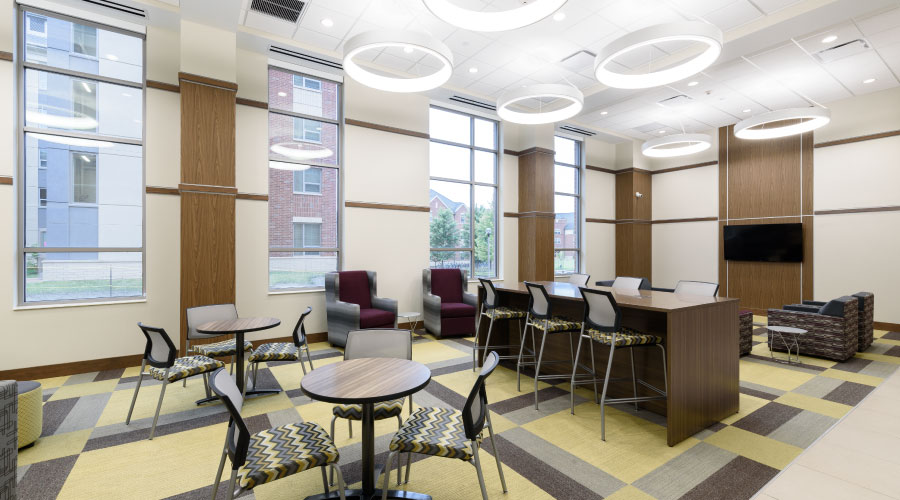Lighting Upgrade Shines Light on Reaching Sustainability Goals
Who doesn't like improving sustainability? The process of going green offers institutional and commercial facilities an opportunity to minimize the environmental impact of their operations. Employees, along with top executives, buy into the process, and their combined efforts and resources help the organization achieve its sustainability goals.
But when sustainability truly delivers, organizations realize additional benefits. In the best-case scenarios, enhancing sustainability also saves the organization money. While not every organization achieves this important benefit, Dr. P. Phillips Hospital in Orlando, Fla., has been able to.
Says Andrew Highsmith, facility manager with the hospital's engineering department, "People get excited when you say, 'This is what we're able to do in four days, and here's the impact it'll have on our electric bill. We're able to save $24,000 from this one project. Image what we could do if we did X, Y, and Z.'"
Beginning The Process
The hospital's lighting upgrade — part of a larger effort by the hospital and its parent organization, Orlando Health — started in May 2011 and is continuing in phases. The project began with an energy audit walk-through of the 550,000-square-foot, 237-bed facility.
"We conducted an internal energy audit with the help of one of our local lighting vendors, and we identified several opportunities to save energy from a lighting perspective," Highsmith says. "We decided that we could benefit from retrofitting a majority of our existing fixtures with new ballasts and bulbs, instead of replacing the light fixtures.
"By doing so, were able to achieve the same light level as the original 40-watt fixtures but with 25 watts of energy. So we're saving 15 watts per fixture. But multiply that by 4,673 fixtures that we retrofitted. This phase of the project is calculated to save us $141,000 per year."
The first phase also involved addressing what Highsmith called "the sweet spots in the scope."
"We didn't want to create this monstrous project, then have it stretch on and on and on," he says. "So phase one focused on the things we can get done relatively quickly, that have easy access, that don't present a lot of challenges but still present a great payback."
Consider the example of hallway lighting.
"That something we can do safely during business hours without interruption to patient care," he says. "We also did a lot of off-stage areas in phase one. When you walk into our chiller room, there's a handful of fixtures that stay on constantly for safety lighting. But there are also motion sensors, so as you walk throughout the plant, things turn on for you so you have the appropriate task lighting. It's the same thing in our generator room. There's minimal lighting for safety, but everything else is on motion sensors."
Related Topics:













